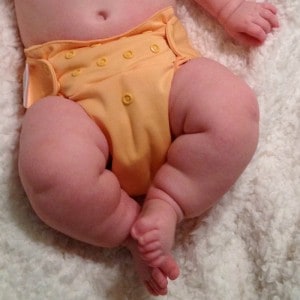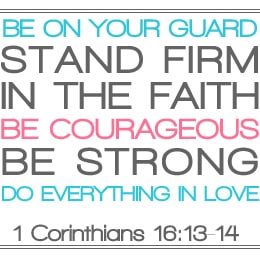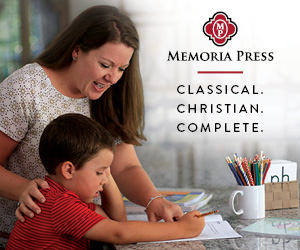If you had told me even a year before Caden was born that we would be cloth diapering him I would have laughed. I never thought this would be something I would be doing. We used disposables for the first few months of Caden life and while they were super convenient and easy to use we were spending so much money on diapers. As a family living on a very modest income I started rethinking my views on cloth diapering. I began researching the benefits on cloth diapering, how much it would cost vs. how much our family would save, and all the ins and outs of exactly what I would be getting myself into if we decided to go the route of cloth diapers. I knew if I could create a solid presentation to my husband on the benefits of cloth diapering it would outweigh the initial upfront cost to purchase everything that would be needed. If you or your significant other is on the fence about cloth diapering check out why Josh and I decided to take the plunge. There are lots of good reasons why … [Read more...]
Workouts, Recipes, & Biblically Grounded Encouragement.

Hi, I am Tamara. I am a Christ follower, firefighter wife, homeschooling mama to four, certified personal trainer, and nutrition coach. Welcome to The Workout Mama! You will find workouts, recipes, and Biblically grounded encouragement. I am so glad you are here.
Disclaimer
I am not a licensed medical professional. All views expressed on this website are based on my own personal research and experiences. Please consult your doctor with any medical issues, or before beginning a training program.
All photos and images on the blog are by The Workout Mama unless otherwise specified. I always want to make sure photos are fairly credited so if you catch a photo without the right sourcing, please be sure to let me know. In the same way, If you would like to share a photo from this blog, please just make sure it is linked back.
Sometimes I receive products/services compliments of various companies. I only commit to sharing a review of products I love and think my readers will too. I am also a member of affiliate programs. This means if you purchase an item from a link I provide to those shops, I might receive a commission. I only share products and services that I would personally use and think are a good fit for my readers. Thank you for supporting the sponsors that help support our family.
Copyright © 2025 · Georgia Child Theme on Genesis Framework · WordPress · Log in











